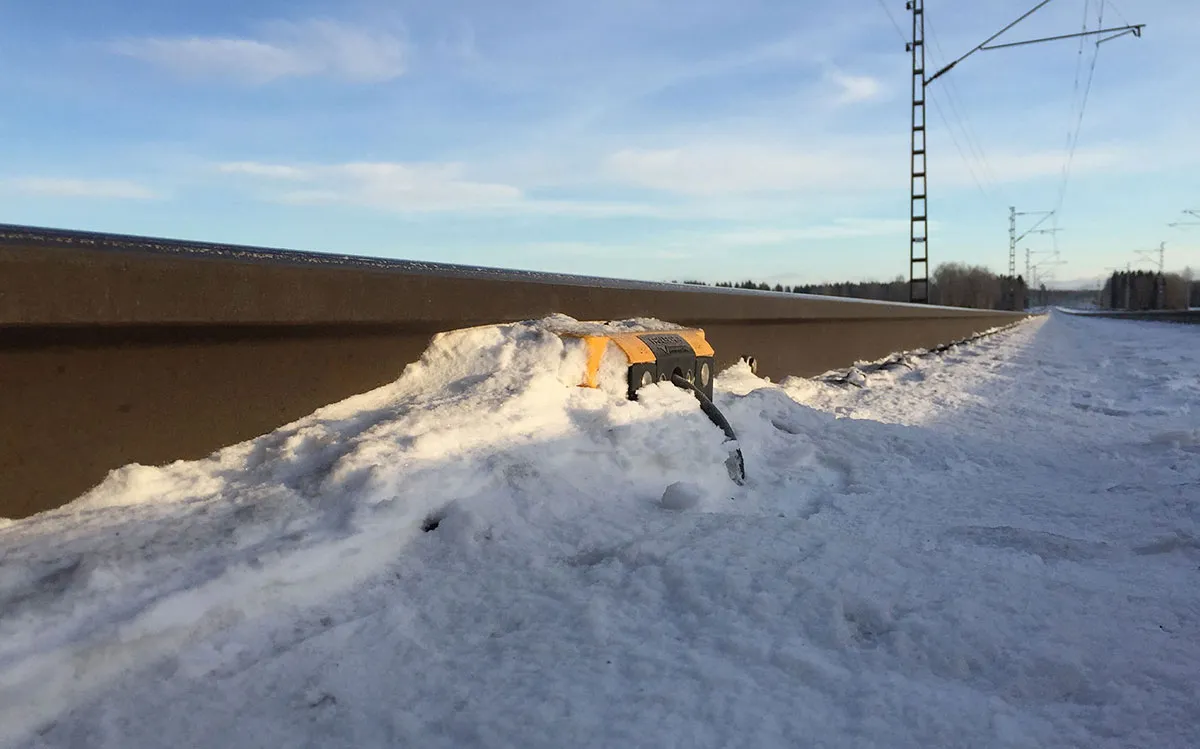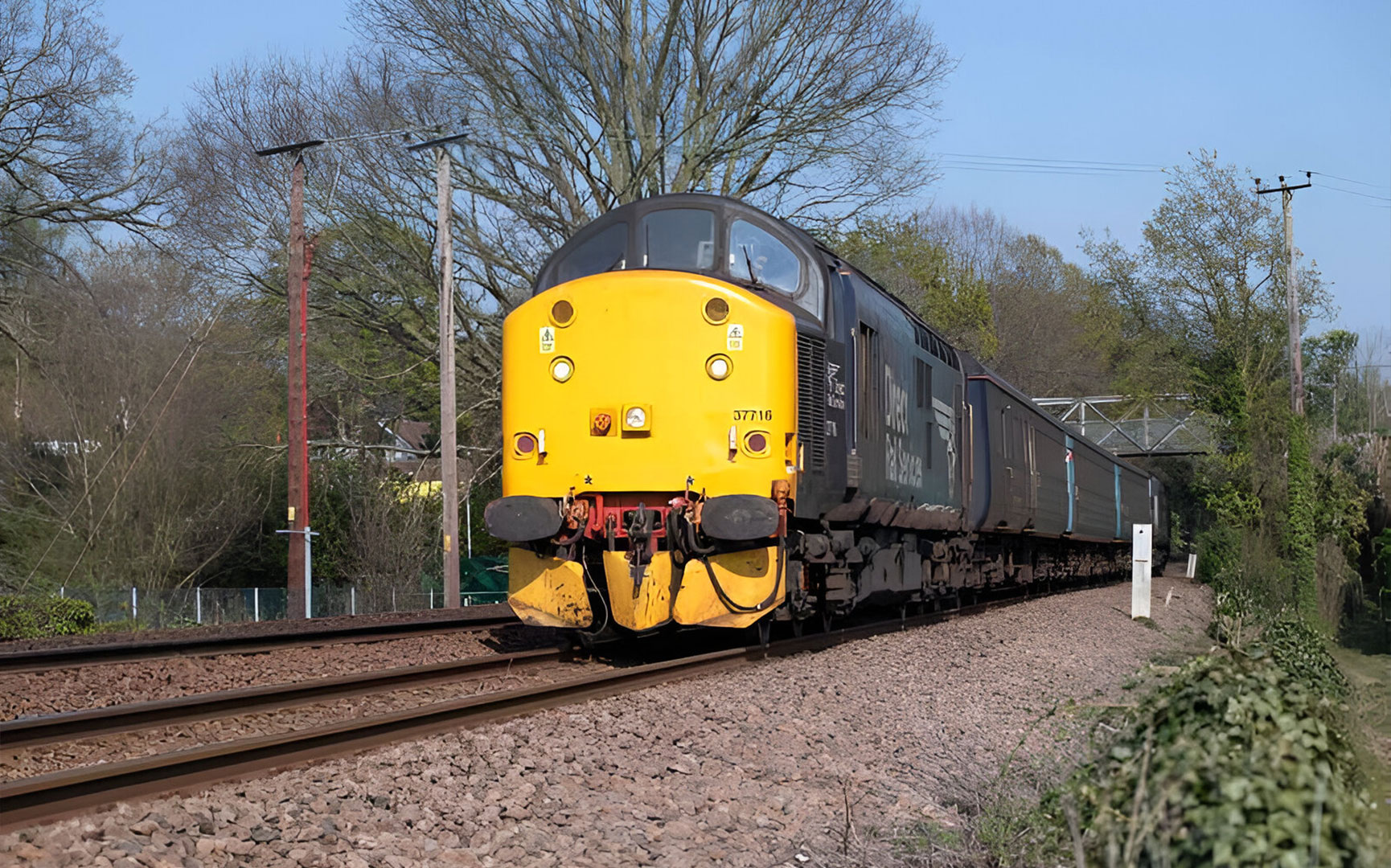Frauscher Sensor Technology has completed the divestiture to Wabtec Corporation.
Find Out MoreNotification Center

Train DetectionSpain
Three-rail Castellbisbal
The dual-gauge system of the Spanish railway network is quite challenging in terms of track vacancy detection: Wheel sensors must be installed on two rails next to each other in tight spaces and have to detect axles reliably on the respective rail. Frauscher developed a solution which copes also with the complexity of different interlocking technology in the stations along the line.
The Spanish railway network is characterised by traditional Iberian and standard UIC gauges. On dual-gauge sections, which are becoming more frequent, track vacancy detection can be quite challenging as wheel sensors must be installed on two rails next to each other in tight spaces and detect axles reliably on the respective rail.
However, Frauscher developed a three-rail solution for the dual-gauge section between Castellbisal and Tarragona that fulfils all requirements stipulated by the Spanish railway infrastructure manager ADIF and successfully proves the seamless integration of its solutions with different interlocking technologies along the line.
This is made possible through the Frauscher Advanced Counter FAdC that provides the Frauscher Safe Ethernet FSE interface for Bombardier installations while for Siemens installations the customer-specific protocol WNC is used, proving its flexibility and versatility while complying with both customer-specific protocols and standard protocols like EULYNX. In addition to clear/occupied information from a section, it also states on which gauge the train is running.
The project started in March 2020 and comprises 920 detection points in 19 stations. Addressing the above challenges of limited spacing for mounting, Frauscher Wheel Sensors RSR123 and a specially developed type of the Frauscher rail claw SK150 are deployed.
Flexible and universally applicable interfaces
The FAdC proved its flexibility and versatility as an optimal solution for this project: Whilst for Siemens installations the customer-specific protocol WNC is used as interface, it provides the Frauscher Safe Ethernet FSE interface for the Bombardier installations.
Easy access to more data
The FAdC three-rail solution provides not only clear/occupied information of a track section, but also detects on which gauge the train is running.
Easy mounting and installation
Frauscher wheel sensors are mounted on the inner side of the rail only. With the RSR123 it is possible to mount two sensors on the neighbouring rails of both gauges and fully parallel in the same sleeper space.
This might also interest you

Data TransmissionIndia
South Central Railway

Train DetectionUnited Kingdom of Great Britain and Northern Ireland
Churnet Valley Heritage Railway

Train DetectionFinland
Kokkola

Train DetectionUnited Kingdom of Great Britain and Northern Ireland
Wherry Lines
